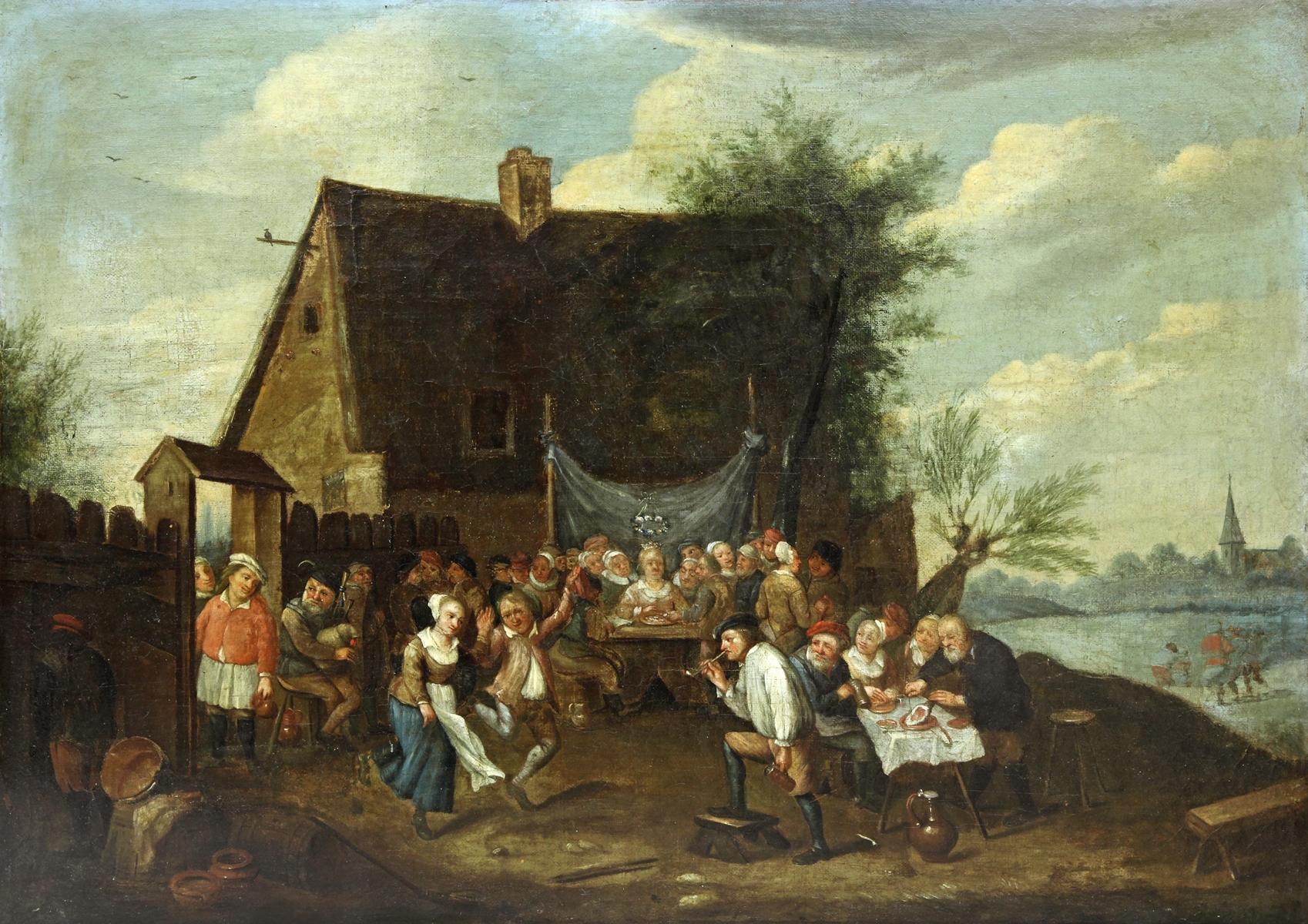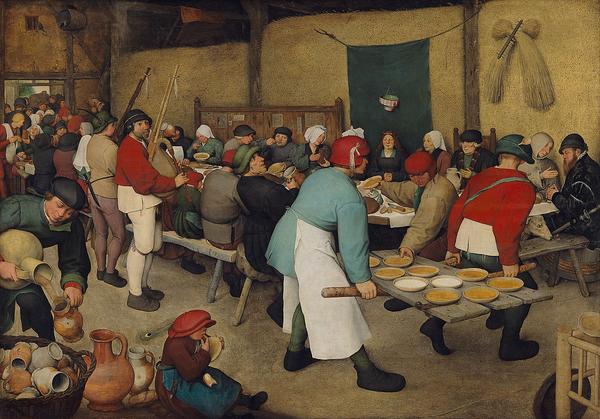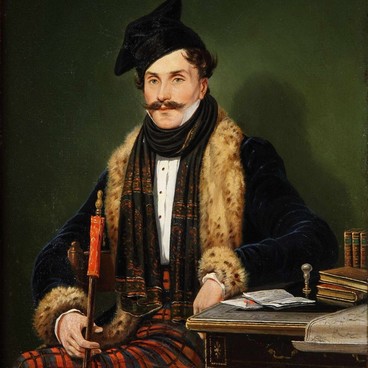The painting Rural wedding was created by Flemish artist Ferdinand van Apshoven the Younger. He painted it in the second half of the 17th century. The craftsman depicted a rural wedding at the height of the festivities: the bride is sitting behind the table, the guests are feasting and dancing, at the entrance there is a tipsy villager. Behind the bride’s back there is a cloth stretched between the poles – in the Netherlands a tapestry or a carpet was used to be traditionally stretched behind a couple so that newlyweds could look more impressive against its background.
Ferdinand van Apshoven the Younger studied with a famous Flemish artist David Teniers the Younger. Teniers has a painting named Peasant wedding dated 1650, by which Apshoven was inspired when creating his own painting.
Ferdinand van Apshoven the Younger studied with a famous Flemish artist David Teniers the Younger. Teniers has a painting named Peasant wedding dated 1650, by which Apshoven was inspired when creating his own painting.







